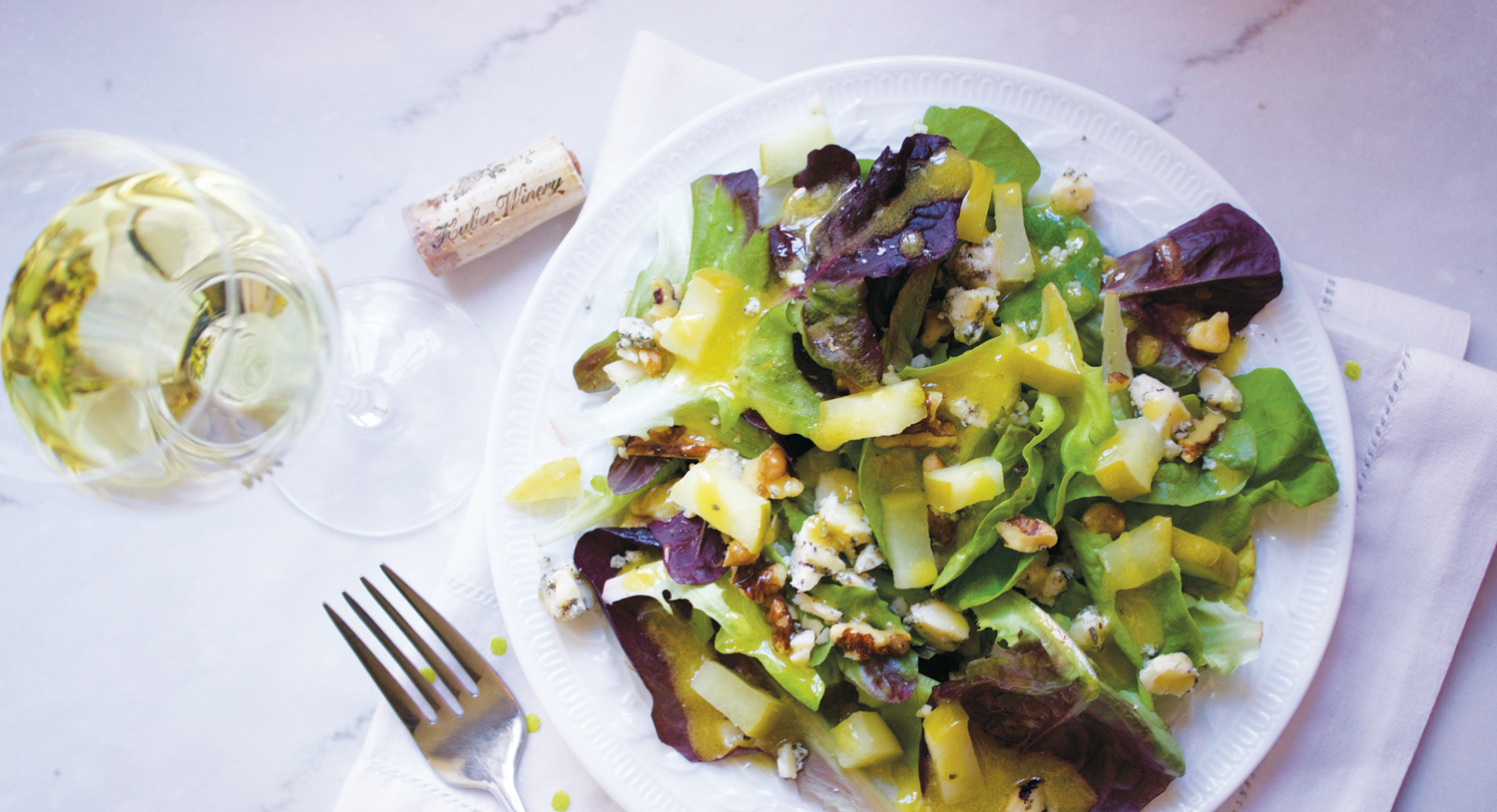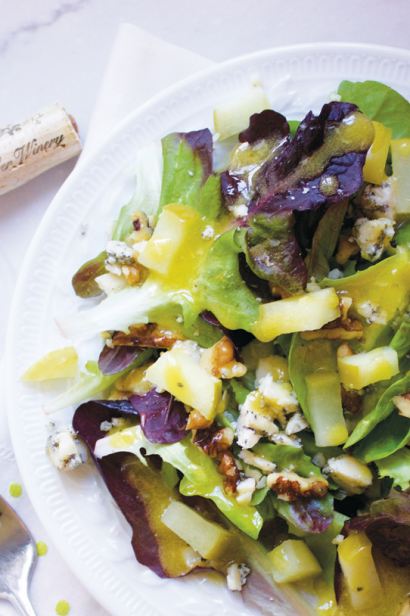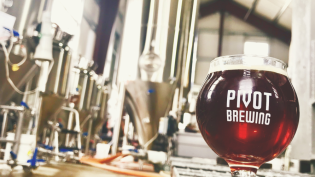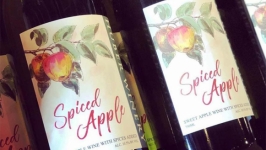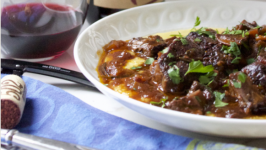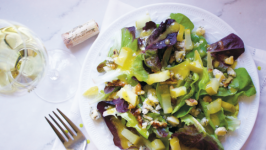Matches Made in Heaven
When it comes to pairing wine with food, opposites don’t necessarily attract. Consider how you would approach setting up two people on a date. Would you pair your quiet and delicate friend with your bold and domineering cousin? What about your cloyingly sweet sister with your fiery and spicy coworker? These pairs might make for some interesting conversation but they’re unlikely to be a match made in heaven.
The same holds true for food and wine. The wine you are drinking should be able to stand up to the food you are eating and vise versa. Picture a rib eye steak, marbles of fat sketched across its surface. It’s pretty obvious that red wine is the way to go in this case, however not just any red will possess the level of tannins necessary to meet that steak head-on. While red Burgundy is considered some of the best wine in the world, the Pinot Noir grape from which it is made is known for being delicate and nuanced, its thin skin giving off little when it comes to tannins. Tannins act almost like an astringent, cutting through high levels of fat and cleansing our palates all at once. Grapes like Cabernet Sauvignon, Malbec and Nebbiolo, when treated well, are known for their beautiful tannic structure and it is no wonder they play well with steak and cheese.
The same goes for cool, briny shellfish and crisp, high-acid white wines. A glass of Chablis, made of the Chardonnay grape and in the cool climate of northern Burgundy, is a zesty and more refreshing complement to oysters on the half shell than a Chardonnay wine from California, which may have been aged in new oak and crafted to downplay acidic qualities in favor of a buttery, viscous expression more appropriate for salmon or chicken.
Another pairing rule of thumb comes when it is time for dessert: Sweet goes with sweet. You want to ensure your wine is at least as sweet as your cake, pie or bonbon. “Sweetness” in wine refers to residual sugar left behind during the fermentation process. It can be easy to mistake sweetness with fruitiness, however a wine can boast notes of tropical fruits and honeysuckle while remaining dry on the palate. In fact, wines like Riesling, a highly aromatic grape, are often quite dry or exhibit minimal amounts of residual sugar while offering up wonderful notes of pineapple, peach and lime. Which brings me to the nature of contrast in pairing wine with food. These bold, fruity aromas are a delight with the piquant flavors of Indian and Asian cuisines and will help quell the burn from a spicy bowl of chicken curry.
Perhaps the best rule when it comes to pairing wine and food comes from the adage “what grows together goes together.” At its heart, well-made wine is an expression of place, a glimpse into a particular region of the world and the type of wine its people most commonly create—wine that will undoubtedly complement the food growing and grazing alongside those grapes. The fact that Australian lamb pairs beautifully with a glass of home-grown Shiraz is no mistake. So when in doubt, allow nature and world culinary traditions to act as your wine pairing guide.
Get the recipes below:


